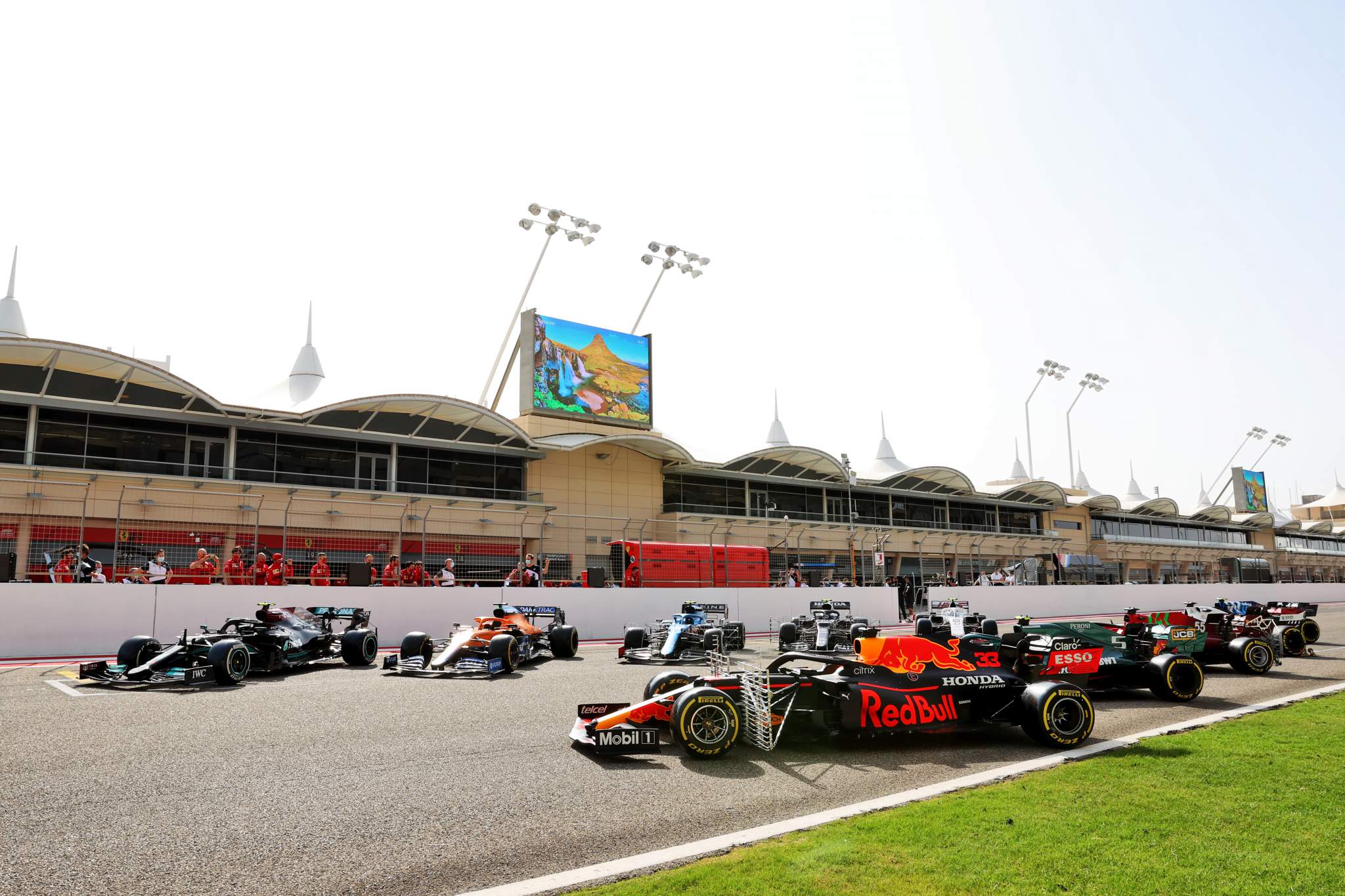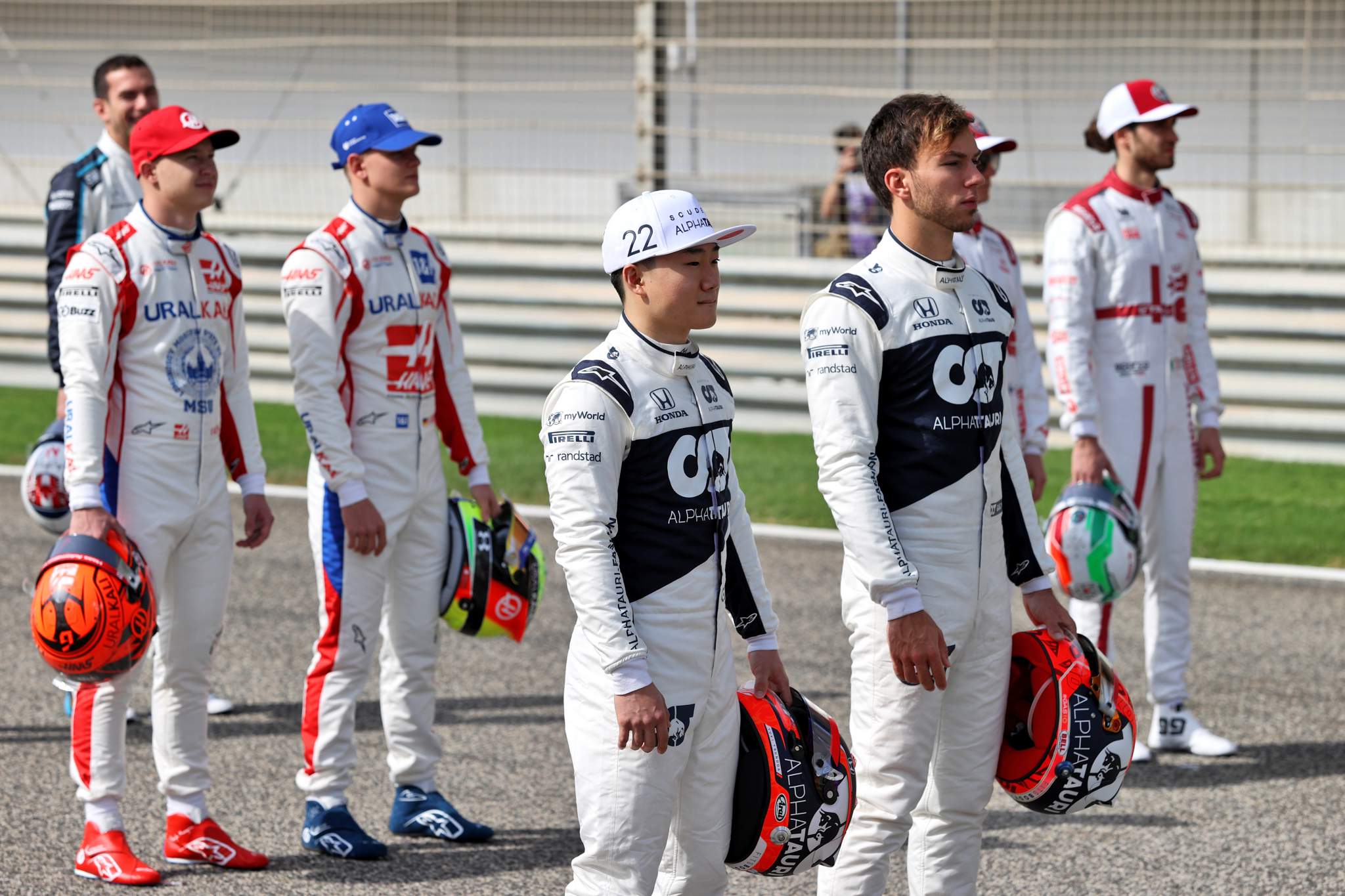Up Next

During the coming season, The Race will continue to compile driver ratings after each grand prix. The objective is simple, to evaluate each driver’s weekend performance and assign a score out of 10.
The reality, of course, is a little more complicated given the myriad factors that have to be taken into consideration and the challenge of following all 20 drivers in detail. But for this season, a change is being made to the way points are awarded in an attempt to make comparisons between drivers more straightforward.
Generally, the ratings end up clustered. This is because of the overall high standard of performance. Even the weakest grand prix driver is at a good level, so it’s rare for them to end up with a low rating except when some catastrophic error is made.
To use an example, if a group of individuals takes a test marked out of 10, the average score is unlikely to be 5/10. Instead, it will be something inelegant like 7.138 or 6.353, hence the reason why F1 driver ratings are often clustered
But you can formulate an adjusted average and place that where you want on the scale. Therefore, by making an ‘average’ performance five out of 10. As the lowest available rating is 0 and the highest 10, that gives a perfect mid-point of five. While not the mathematical median, it gives 10 available points levels on either side of this average point.

Last year, a five out of 10 would have indicated a below-average performance. But this year, a five is a solid, average score for a driver of F1 standard. Therefore, a five out of 10 should be considered a perfectly respectable score, albeit an unexceptional one for this level.
Anything higher is above average, anything lower below average. At the extreme ends of the scale, a zero would be a disastrous weekend of poor pace, mistakes, and no end product, with 10 a level of perfection combined with a touch of magic.
Given the greater flexibility through the scoring range this system allows, points will be awarded at half-point intervals rather than the tenths used last year.
The drivers’ score is generated from myriad factors. But much as it would be satisfying to create a set formula, the different challenges faced by drivers even of the same team make it impossible to do so. As well as the overall level, the driver’s effectiveness in pressure points is also an important factor.

An evaluation of the overall potential of the car makes it possible to estimate with reasonable accuracy what the best possible qualifying and race result might be. Achieving that means a high mark, although it doesn’t guarantee a maximum as the top score is reserved for spectacularly good performances, which often demand more challenging race situations.
Performance during practice does have some influence on the rating, although the majority is weighted towards qualifying and the race. While some argue the race is when the result is decided, qualifying is integral to the driver’s potential result. Effectively, it is lap zero of the grand prix and an essential part of the event.
Overall, the rating is down to a confluence of factors – analysis of the raw numbers, situational factors, comments made in public and private by team personnel, and any other source of information that sheds light on their form. The aim being, simply, to attempt to reflect who is really doing a good job regardless of their position in the field.




